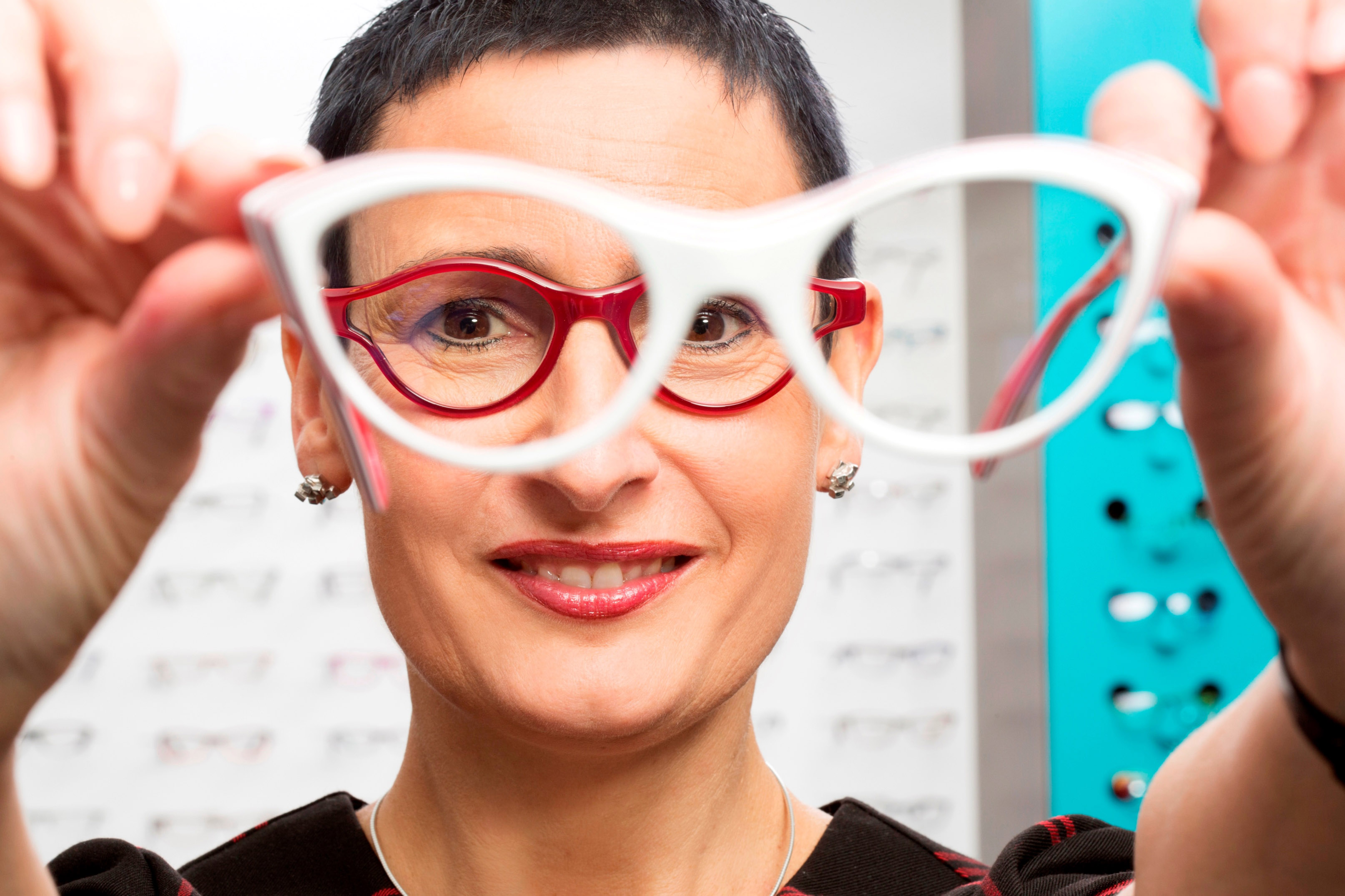An aesthetically pleasant shop is a neighbour’s envy and an owner’s pride. But how does one go about designing a shop that will attract customers and will also utilise every square inch of the premises optimally?
Sometimes the images of some retail outlets stay with us. Could it be because the interiors were very interesting? Or was it because the display shelves were strategically placed with the intent to make customers shop more? Perhaps the mix of products showcased made a buyer feel that he had a wide variety to choose from. Or it could be the sum total of all these aspects.
Whatever the case may be, ultimately every retailer would want their outlet to be the one that gets more than a second look from customers. And one that will tempt them to walk in and browse through the collections on display.
So ideally what elements make up a well-designed optical outlet? We ask Concept-S, a German company that specialises in optical shop designing, to shed more light on this.
THE MAKING OF AN IDEAL OPTICAL OUTLET
An ideal optical shop should offer a complete assortment of products and services to its customers.
So, in addition to a sales room, it should have an area for a workshop and another one for checking the customer’s refraction, aside from a showcase area to display the range of correction frames.There should be a special presentation section for sunglasses, sports glasses, contact lenses, low vision and accessories.
The idea is to meet the different needs of various customers by creating a shop that highlights the different brands available as well as the knowledge and competence of the practising optician.
In short, independent of its size and location, a shop should have five zones, each of which have a different requirement:
Shop window: This should be representative of what the shop specialises in and should look very inviting. These above aspect can be achieved by using proper decoration and images that go with the shop’s branding strategy.
Reception and payment counter: The reception area should be at the entrance of the shop and ideally one where the customer can get a panoramic view of the outlet, so that they can see some of the products on display. The payment counter should be welcoming and functional at all times.
Wall display: An optical outlet should have an assortment of display shelves which showcase the various products aptly. The wall displays should also have adequate storage space. Mirrors should be aligned in a way that the customer can check out how their eyewear looks from various angles.
Dispensing and service area: This area is of crucial importance as this is where customers will spend most time in the outlet, and hence it should have a very welcoming and comfortable ambience. Knowing these aspects and handling them right is an irreplaceable part of the marketing concept.
Sales promotion area: It is highly suggested that a separate product information and marketing area should be designated in the shop, where customers can get the information they need quickly and sometimes without help from the optician.
WORKING TOWARDS A CONCEPT
It is all very good to like a particular outlet and want to recreate it.But according to Kirsten Lind of Concept-S, the retailer should first have an idea about how their outlet should look and then start working towards creating it.
While conceptualising the outlet, the shop owner can rely on the consultations of shop-fitters like Concept-S or they can break their idea into a framework, covering some basic points.
The first thing in this step-up will be deliberating and finalising the store’s branding. What is its USP? Will it be a boutique eyewear outlet or one which sells the mass brands? Does it want to attract a selective elite crowd or concentrate more on walk-in customers?
Once this has been determined, it is easier to create an outlet that will project this uniqueness to customers. For instance, a boutique outlet will be a lot more spacious, usually with mood lighting, and will have to set up its display keeping the branding of the key eyewear brands in mind as well.
Once this branding is decided, a checklist can then be created on how to go about achieving the right image for the outlet with the right kind of planning. At this time, the shop owner can work either with a shop fitting consultant or an architect-cum-interior designer.
The latter will consult them on the overlay of the outlet, bearing in mind essentials such as power supply, storage needs, water supply and other utilities. The shop owner can then ask for floor plans, 3-D view of the outlet from various angles, the layout of various amenities, followed by a cost overview.
EASY-TO-CREATE OPTIONS
According to Kirsten, it is possible to create an aesthetically appealing optical outlet using easy-to-create innovative merchandise presentation options with harmonious designs, if one keeps in mind some basic design rules.
For starters, the mass of displayed frames should be divided into different groups that can be segmented according to brands or buyer segments. For example, the sections for men, women and children eyewear can be kept distinct. Alternately each of these sections can then have prescription and sunwear within them, but grouped separately.
The next thing to bear in mind is that exclusive brands should be presented in a special way, using eye-catching cabinets or display racks. They should be designated a more exclusive surrounding, as compared to other modestly-priced frames. The interiors of the shop should be designed in a way that it should create an immediate impression about the target group it wants to address as well as the price level of the product range.
Since the shop window is the first visual point for customers, it should have some decoration which can be seen from a distance. This should be eye-catching and as seasonal as is possible, so that people passing by are attracted by it and feel interested in entering the shop.
In most cases, the optical outlet might have limited space at its disposal. But there are always functional solutions, which look good as well. Some easy tricks to use limited space optimally are to directly combine the storage space with the presentation area. For instance, the optician can use with rotatable displays with storage, which can be pulled out from the sides. Similarly, the consultation tables and desks can be built smaller, with compartments. This will ensure that it is functional and comfortable as well.
MERGING GLAMOUR AND FUNCTION
Can glamour and function be merged in an optical outlet? According to Kirsten, it can definitely be. “A shop is the most important marketing tool for an optician. It’s like a packaging for his product – eyewear frames and glasses. Therefore, we have the principle of an upgrade: the better the packaging, the higher is the estimated value of the products within,” she adds.
Materials and colours are very important when it comes to creating the right ambience in a room. By using specials materials, the products presented look even more attractive. When the company consults with optical outlets about communicating the concept for their outlets, Concept-S usually creates a mood board, which means a collage of different pictures and emotional images. These should evoke the intended response from the customer.
For example, flamboyant colours like red, orange and purple can be used to showcase trendy women’s sunglasses. Similarly, muted browns and steely greys will give a touch of classiness, if the outlet promotes exclusive and premium optical frames.
To create professional decoration with minimal investment, the use of modular systems is a good idea. Even partial renovation of some areas like the shop window or the wall display creates a new look without the need of a complete renovation.
While planning the design of their outlet, retailers should ensure that it entails a combination of functional but efficient utilisation of the space at their disposal, along with concepts like right use of colours, overall ambience, convenience and service. Ultimately, the general look and feel of the store should be tailored to attract the target customer and fulfil their needs.










